
Peugeot 3008 Estate engines, drive and performance
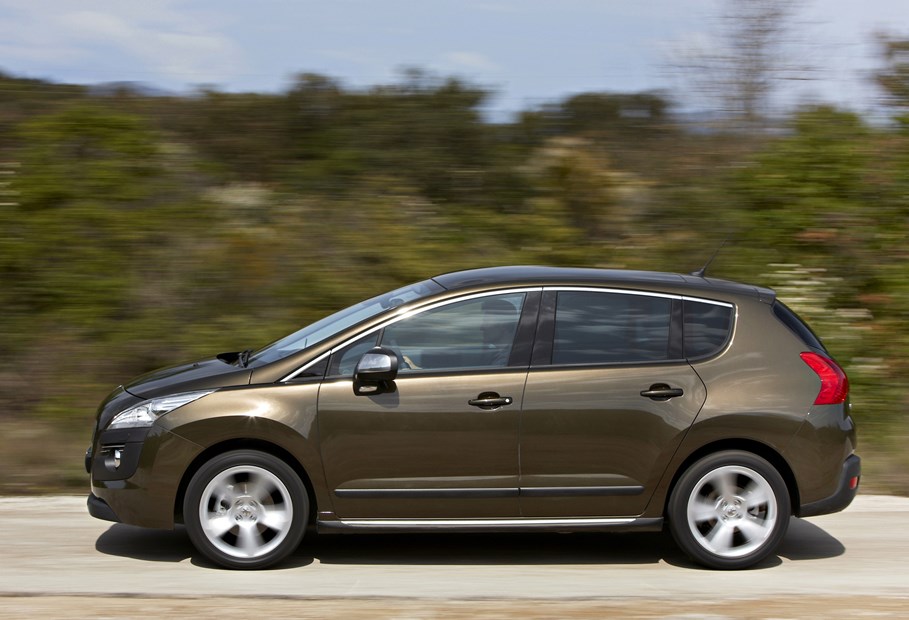
- Broad range of power outputs
- Diesel models are good, few ULEZ compliant
- Petrol models are refined
Peugeot’s flexible approach to engineering means the 3008 gets a wide variety of engines, though not all options are available throughout the model’s lifespan. Pre-2015 models are 1.6-litre petrol or diesel, 2.0-litre diesel, or 2.0-litre diesel hybrid from late 2011 to 2014.
Euro 6 models sold from 1 March 2015 replace the 1.6-litre petrol with the then brand-new 1.2-litre PureTech 130. This three-cylinder turbo petrol is a thoroughly modern engine that is at the heart of most new Stellantis cars now, but when launched it had a few problems. Find out what to look for with the 3008 Mk1 buying guide on the first page of this review.
The hybrid was no longer available after 2015, and the diesel models were renamed BlueHDi to indicate the updates for Euro 6 – this means that you need to keep your search for a used diesel Peugeot 3008 Mk1 limited to the last year of sales if you want one that’s ULEZ compliant.
The 1.6 VTi 120 comes with a five-speed manual gearbox, which felt dated for the class of car even when this 3008 was new. The rest of the range uses a six-speed manual – including the 1.2 PureTech 130 Active that replaced the 1.6 VTi.
Choose the 1.6 THP and you can expect around 35mpg in real-world use, though it does bring the 0-62mph time below 10 seconds. Power output varies by year – 150hp at launch, most are the THP 155. The 3008 1.6 THP Sport automatic (or Exclusive automatic) provide the rare combination of petrol and a proper automatic gearbox in this model.
Used diesel Peugeot 3008 Mk1 guide
Inevitably diesel versions form the majority of used Peugeot 3008s for sale, and it’s understandable as these offered the lowest costs when new. If you live or work in a clean-air zone, or the ULEZ, you need to buy one of the BlueHDI models from 1 March 2015-on – which means most of the cheapest used 3008s on the market won’t be suitable.
The 1.6 HDi with 115hp is a good engine if maintained well, but at higher mileages with the typical standard of maintenance these cars received as they aged, we’d only buy one if it was cheap and in good working order when inspected.
If it’s badged e-HDi then you’ll find the EGC automated manual gearbox – an automatic, for driving licence purposes, it’s a later version of Citroen’s SensoDrive system. It’s as effective as a manual gearbox for economy, but gearchanges are slow, slow-speed manoeuvres can be tricky, and it’s not particularly reliable.
The top diesel is the 2.0 HDi. It offers impressive pulling power, and is ideal for motorway driving. It can be a little noisy on start-up, but on the move is fairly quiet. The standard six-speed manual version has 150hp and manages the 0-62mph benchmark in 9.7 seconds, but feels much quicker in everyday driving. It also returns an impressive 53mpg.
The automatic version is upgraded to produce 163hp, but it’s slower than the manual and less economical too. It uses a six-speed automatic gearbox made by Aisin which is a conventional design and, if maintained correctly, should last the life of the car, though many owners neglect these gearboxes leading to premature failure.
Peugeot 3008 Mk1 HYbrid4 (2011-2014)
This 163hp turbodiesel is also used on the 3008 Hybrid4. This early hybrid car features an electric motor which smooths out some of the flaws of Peugeot’s EGC (electronic gear control) transmission. It’s not the smoothest gearbox in use, but the Hybrid4 can run in electric-only mode for short distances and it also has the option of four-wheel drive at the rotation of a dial.
Peugeot 3008 (2009-2016) handling
- Comfortable ride
- Relaxing to drive, safe handling
- Optional grip control for poor roads
While the 3008 may look like a people carrier, it actually drives very much like a hatchback. It’s composed and safe with well weighted, responsive steering, making it relaxing on long motorway journeys. It’s reassuring in corners as well, with not too much body roll, although it’s far from sporty and never feels especially engaging to drive.
The 1.6-litre THP and 2.0 HDi models come with Dynamic Roll Control, a hydraulic system that automatically softens or stiffens the suspension depending on whether you’re tackling corners or cruising on a straight road. As a result, the ride is very good and soaks up bumps impressively (although in pre-2011 Sport trim variants, it could feel harsh and crashy – which is unlikely to improve with age).
All cars come with ESP stability control as standard, while there’s an optional system called Grip Control that has five modes including snow, sand and all-terrain. It’s not a four-wheel drive system but does come with ‘Mud and Snow’ tyres suitable for both on and off-road use – if a used 3008 with the option still has the correct tyres, it’s a surprisingly capable solution for forest roads and wet car boot sale fields and campsites.
There is one all-wheel drive version of the 3008, the HYbrid4. This uses an electric motor to drive the rear wheels, and it can be used at low speeds to add traction but it is not as effective as a proper 4×4 system.


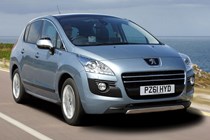
.jpg)
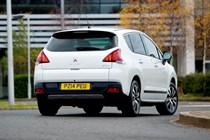
.jpg)
.jpg)
.jpg)
.jpg)
.jpg)
.jpg)
.jpg)
.jpg)
.jpg)
.jpg)
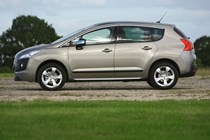
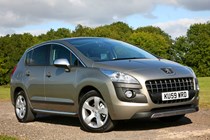
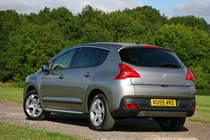
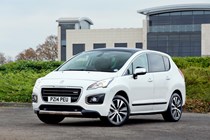

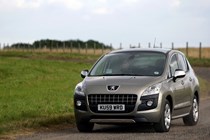
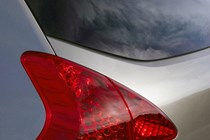
.jpg)
.jpg)
.jpg)
.jpg)
.jpg)
.jpg)
.jpg)
.jpg)
.jpg)
.jpg)
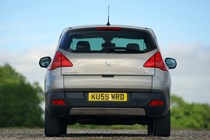
.jpg)
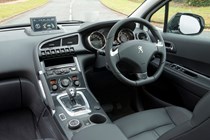
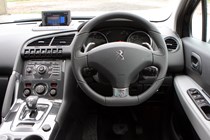
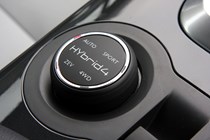
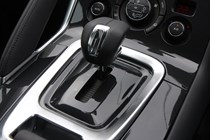
.jpg)
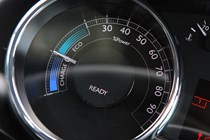
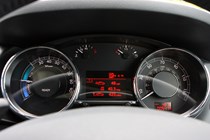
.jpg)
.jpg)
.jpg)
.jpg)
.jpg)
.jpg)
.jpg)
.jpg)
.jpg)
.jpg)
.jpg)
.jpg)
.jpg)
.jpg)
.jpg)
.jpg)
.jpg)
.jpg)


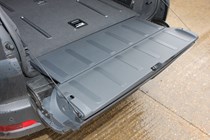
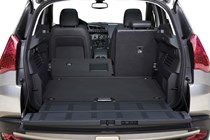
.jpg)
.jpg)
.jpg)
.jpg)
.jpg)
.jpg)
.jpg)
.jpg)
.jpg)
.jpg)

.jpg?quality=50)

.jpg?quality=50)
.jpg?quality=50)
.jpg?quality=50)
.jpg?quality=50)
.jpg?quality=50)
.jpg?quality=50)
.jpg?quality=50)
.jpg?quality=50)
.jpg?quality=50)
.jpg?quality=50)







.jpg?quality=50)
.jpg?quality=50)
.jpg?quality=50)
.jpg?quality=50)
.jpg?quality=50)
.jpg?quality=50)
.jpg?quality=50)
.jpg?quality=50)
.jpg?quality=50)
.jpg?quality=50)

.jpg?quality=50)




.jpg?quality=50)


.jpg?quality=50)
.jpg?quality=50)
.jpg?quality=50)
.jpg?quality=50)
.jpg?quality=50)
.jpg?quality=50)
.jpg?quality=50)
.jpg?quality=50)
.jpg?quality=50)
.jpg?quality=50)
.jpg?quality=50)
.jpg?quality=50)
.jpg?quality=50)
.jpg?quality=50)
.jpg?quality=50)
.jpg?quality=50)
.jpg?quality=50)
.jpg?quality=50)




.jpg?quality=50)
.jpg?quality=50)
.jpg?quality=50)
.jpg?quality=50)
.jpg?quality=50)
.jpg?quality=50)
.jpg?quality=50)
.jpg?quality=50)
.jpg?quality=50)
.jpg?quality=50)